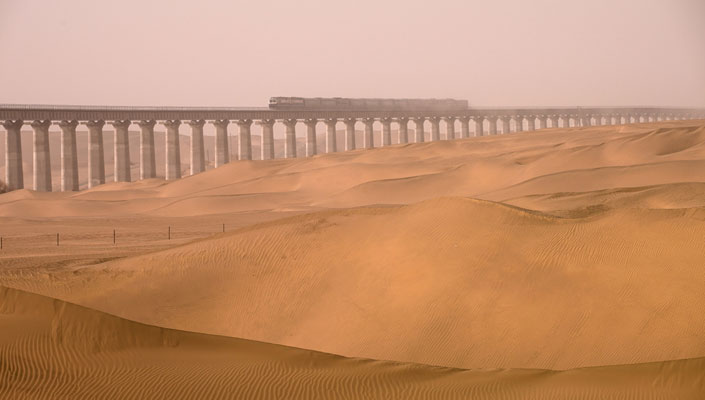When the Hotan-Ruoqiang railway line was joined with the Ruoqiang-Korla segment of the Golmud-Korla railway line, as well as the Korla-Kashgar and Kashgar-Hotan sections of the southern Xinjiang rail line, it became a reality. The megaproject, however, began development in December of 2018.
Service at a high rate
The Taklimakan Desert is the world’s second largest, just relatively smaller than Germany. Trains can travel the full length of 11 hours and 26 minutes thanks to the high-speed service. With the construction of this railway, five counties and towns in southern Xinjiang that were formerly unreachable by train are now connected. It will also make it easier to move cotton, walnuts, red dates, and minerals from Xinjiang to the other areas of the country.
At the same time, the new railway link may make access to the worldwide market easier. The region serves as the westernmost stop on the network. The desert loop may also connect the region to Central Asian countries thanks to a renewed determination to construct the China-Kyrgyzstan-Uzbekistan (CKU).
Anti-desertification
Sandstorms in this location pose a severe threat to the railway line, which travels across the southern edge of the Taklimakan Desert. As a result, anti-desertification efforts were implemented concurrently with railway development.
According to the China Railway, five viaducts with an overall length of 49.7 km elevate the train to protect it from sandstorms. Meanwhile, 50 million square metres of grass grids have been installed, as well as 13 million trees such as rose willow and sea buckthorn.






























